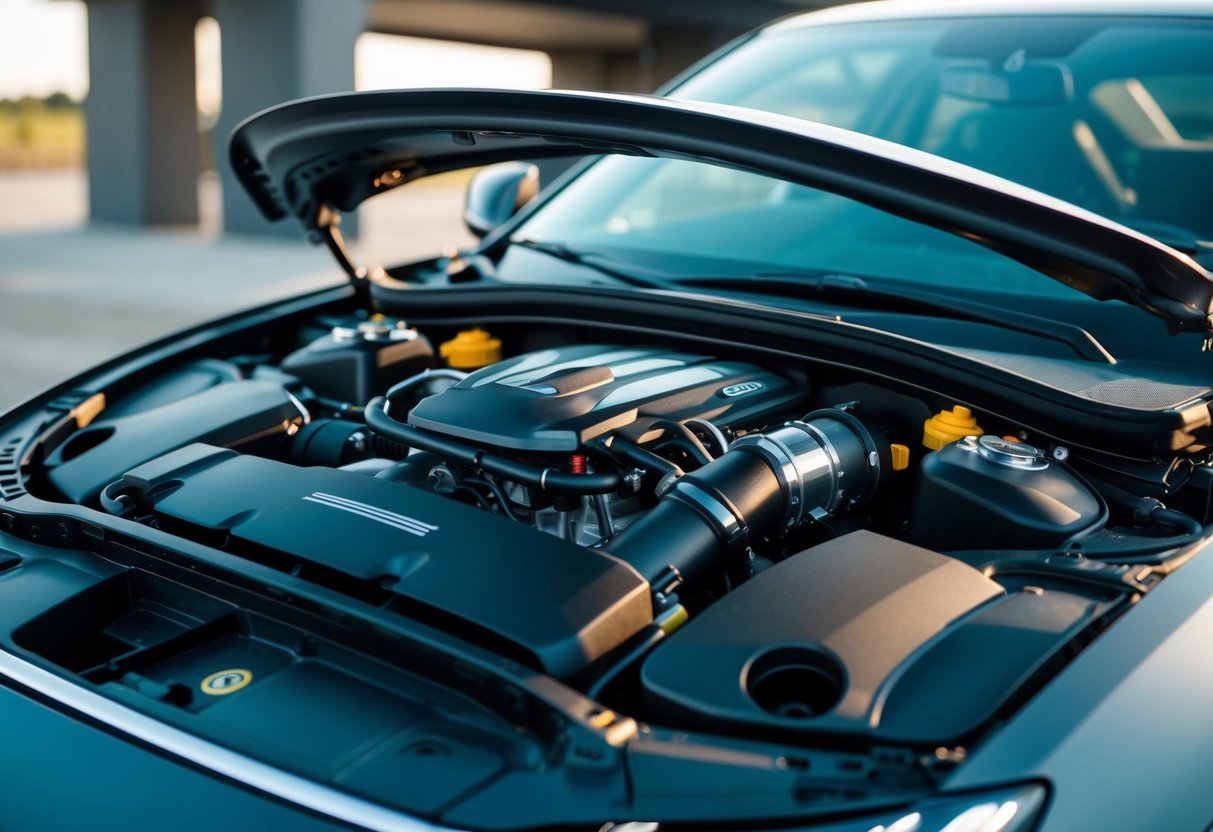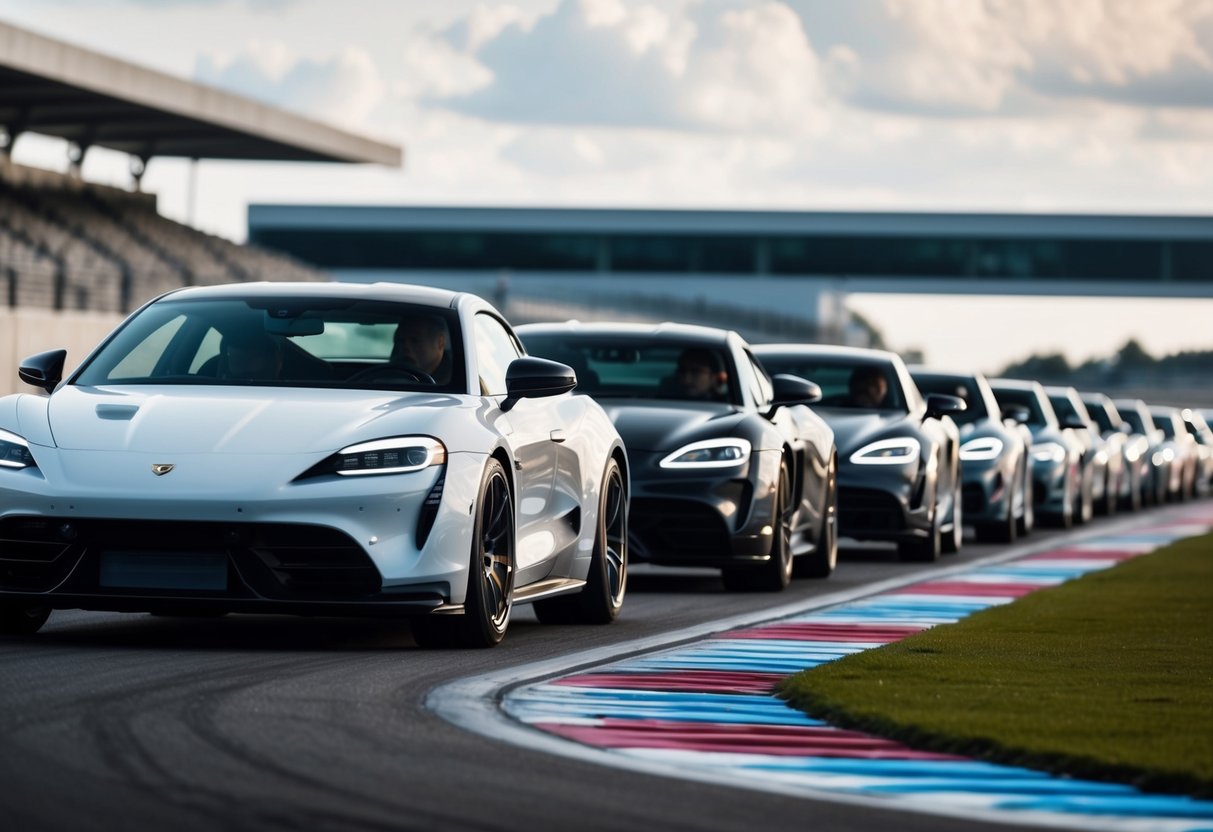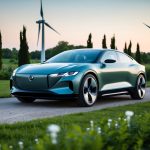
Achieving Top Speed and Acceleration
Top speed and acceleration are vital criteria in determining the competitiveness of turbocharged engines. The ability to reach high speeds efficiently without sacrificing engine stability is a desired quality. Turbocharged powerplants are progressively designed to enhance acceleration capabilities, achieving rapid 0-60 mph times.
Recent advancements have enabled turbo engines to propel vehicles to top speeds exceeding 150 mph. These engines leverage optimal air-fuel mixtures and precision timing to push performance boundaries. Acceleration is improved by exploiting the engine’s enhanced torque, allowing for swift throttle response. This blend of speed and efficiency underpins the allure of 2024’s top turbocharged engines, catering to enthusiasts seeking both thrilling drives and daily practicality.
Fuel Economy and Efficiency Advances in Turbocharging
Turbocharged engines in 2024 showcase significant advancements in fuel economy without compromising performance. These innovations focus on enhancing both power output and efficiency, striking a balance that benefits drivers seeking both speed and savings.
Balancing Power with Fuel Efficiency
Turbocharged engines now deliver impressive miles per gallon (mpg) ratings. Engineers have developed methods to optimize combustion processes, reducing fuel consumption while maintaining power levels. Electronic controls fine-tune air and fuel mixtures, ensuring engines operate at peak efficiency.
Turbocharger technologies such as variable geometry have been pivotal. These allow for dynamic adjustments to turbine blade angles to achieve an optimal balance between power and fuel efficiency at various engine speeds. This approach has revolutionized how efficiently these engines run, especially in everyday driving scenarios.
Innovations in Turbo Engine Efficiency
Modern turbochargers incorporate lightweight materials and advanced designs, reducing engine weight and friction. This translates to better fuel economy and quicker acceleration. Improved thermal management systems also help in maintaining consistent engine temperatures, ensuring engines run smoothly with minimal energy loss.
Furthermore, the inclusion of advanced turbocharger cooling systems contributes to enhanced efficiency. These systems ensure the turbo remains effective without causing undue heat stress on engine components. As a result, today’s turbocharged engines offer superior performance metrics while consuming less fuel, marking a notable shift towards sustainability.
Turbocharged Cars across Segments

Turbocharged engines have transformed vehicles, delivering enhanced performance and efficiency across various segments. From sleek sedans and sporty hatchbacks to powerful SUVs and rugged trucks, different types of turbocharged cars offer unique strengths and appeal.
Sedans and Hatchbacks
Turbocharged engines are increasingly popular in the sedan and hatchback market, offering a blend of efficiency and power. The Honda Civic stands out in the compact segment with its turbocharged variants that provide a spirited driving experience. The reimagined Acura Integra Type S takes it further with enhanced performance, making it appealing for those looking for a premium touch.
Audi models continue to impress in the luxury segment, combining refined interiors with turbocharged power for an exhilarating drive. These vehicles benefit from turbocharged engines’ ability to provide ample torque and power without sacrificing fuel efficiency. This makes them a favorite among urban drivers who need both agility and economy.



